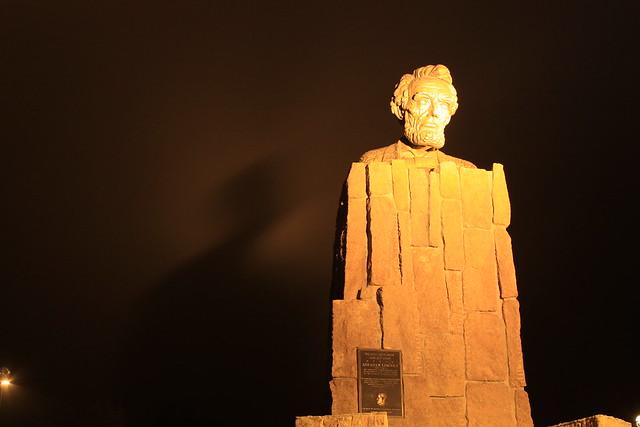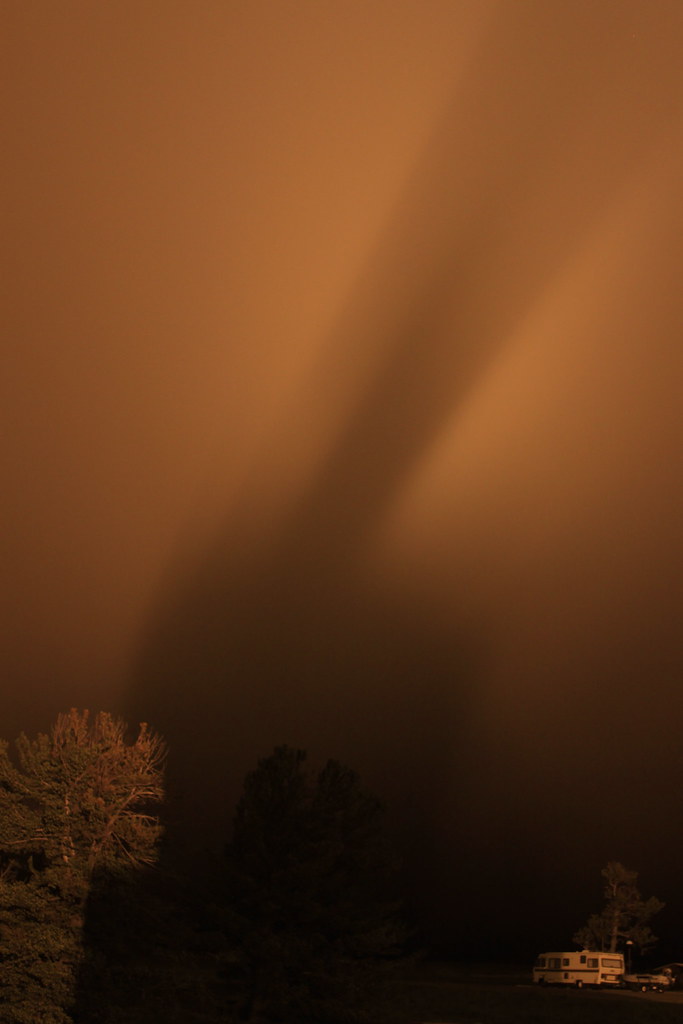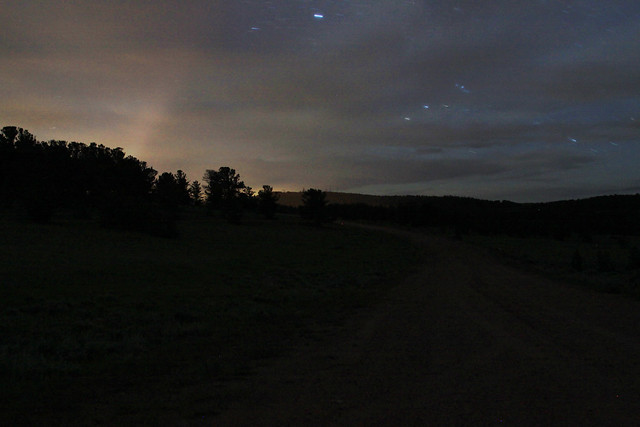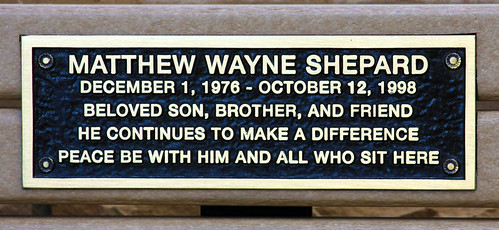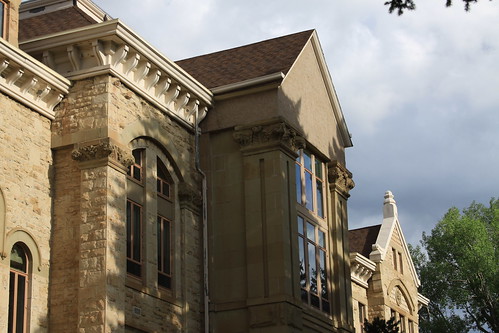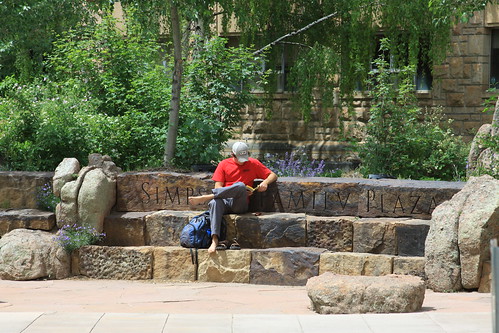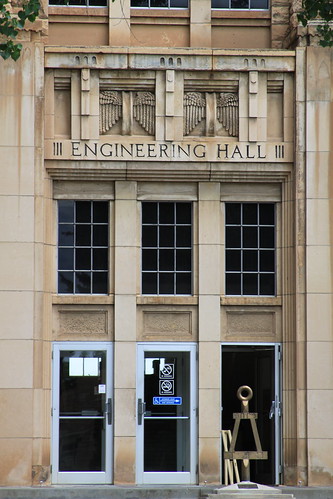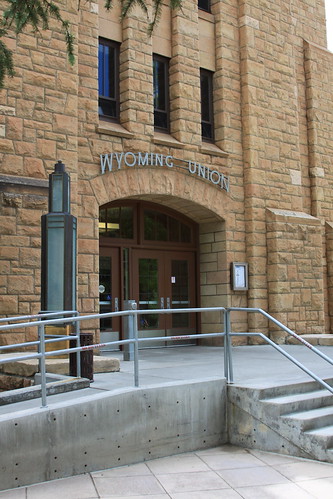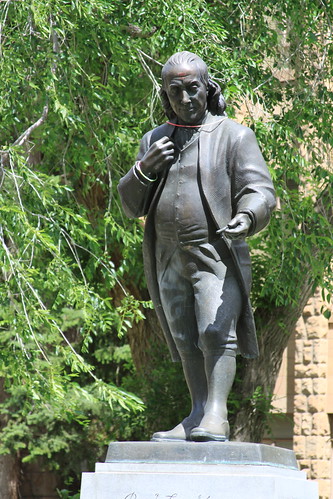[A note from Jackrabbit: after spending the morning counting <span> tags and <div> separators, I finally managed to find the problem which made half my post disappear. You can now read the whole thing!]
In my last post, we looked at how a couple of really outraged west Laramie residents schooled the AP reporters who portrayed the community as a poverty-class wasteland of despair. Both wrote letters to the editor of the Boomerang to counteract both the poverty narrative of West Laramie and the notion that Matt's murderers were typical of the people who lived there.
While I had that little thrill from seeing ordinary Laramie citizens taking on "the man," so to speak, something didn't seem right-- and the more I thought about the AP article and the local response it just didn't feel right. But after these letters rattled about in my head for a couple months, I finally realized what was bugging me: what's the point of attacking the reporters anyhow? They aren't the ones who made this story up.
 In the month following Shepard's death, locals and former residents attacked that article as everything from "a putdown" to "asinine." My personal favorite was the person who told them to "lose the finger paints." But none of that changes the fact that the form of that story wasn't an AP construction. It's ours. Sure, those AP hacks should be held accountable for their lazy reporting and filling in details which weren't true, but the narrative driving that portrayal is a local product. It's like slapping that little kid who points out that the emperor isn't wearing any clothes so you can keep pretending that there's no parade going on.
In the month following Shepard's death, locals and former residents attacked that article as everything from "a putdown" to "asinine." My personal favorite was the person who told them to "lose the finger paints." But none of that changes the fact that the form of that story wasn't an AP construction. It's ours. Sure, those AP hacks should be held accountable for their lazy reporting and filling in details which weren't true, but the narrative driving that portrayal is a local product. It's like slapping that little kid who points out that the emperor isn't wearing any clothes so you can keep pretending that there's no parade going on. In short, all these reporters did was to link two firebomb narratives already present in Laramie-- the Shepard beating and the West Laramie class divide-- and do a really lousy job of it. So when the outrage started, sure, it gave people an opportunity to stick up for the home crowd, but it goes no farther. They can't exorcise this story from Laramie because it would also mean confronting it head-on.
I guess what I'm saying is that you can never really succeed in attacking a false narrative about power-- whether it's between classes, between races, or genders-- by proving it's not true; you can only attack a powerful narrative by exposing why it exists, what fears it elicits, and who needs that story to be true. I'd like to spend a little bit of time thinking about that disconnect in the West Laramie story, and why it's still floating around. But that also means I'm going to go all Marxist/Lacanian analytical on you and pull out some Slavoj Žižek. You've been duly warned!



